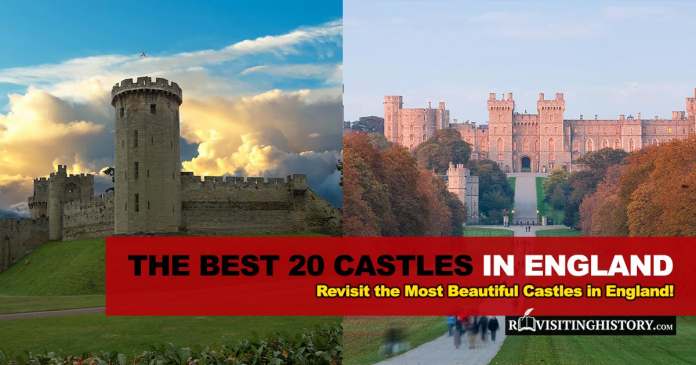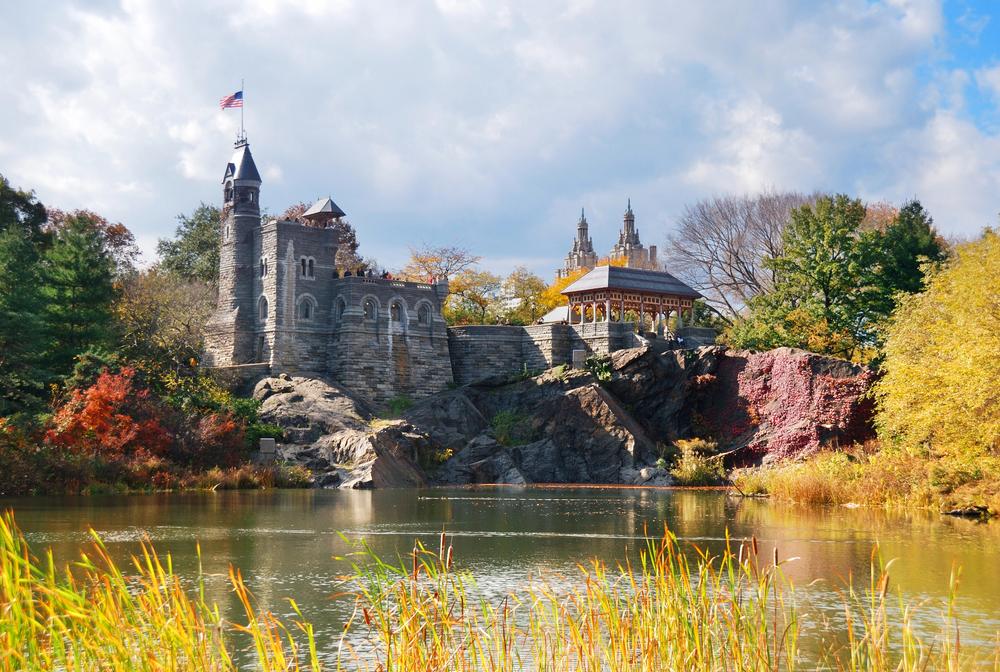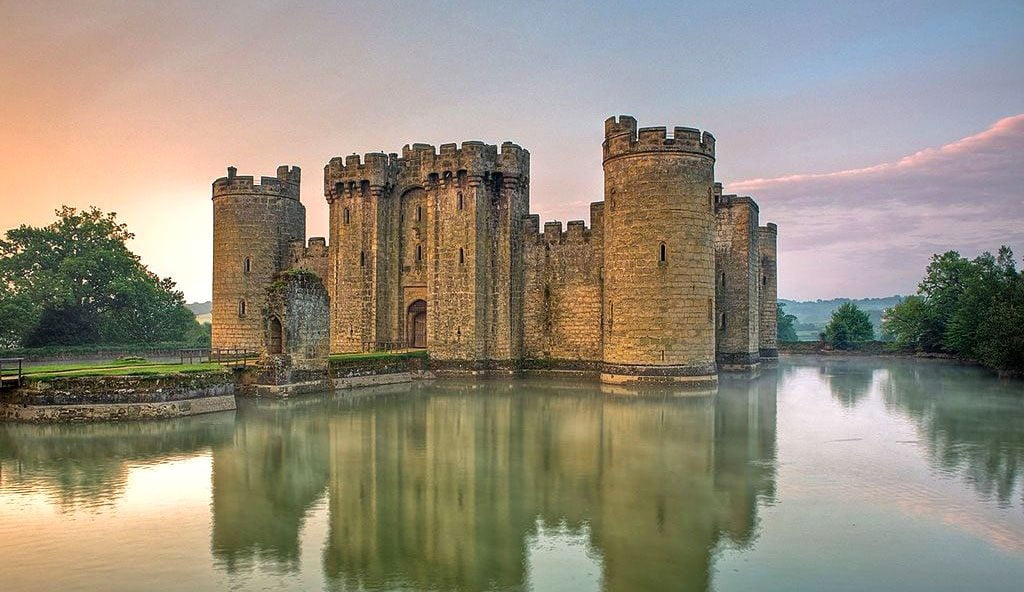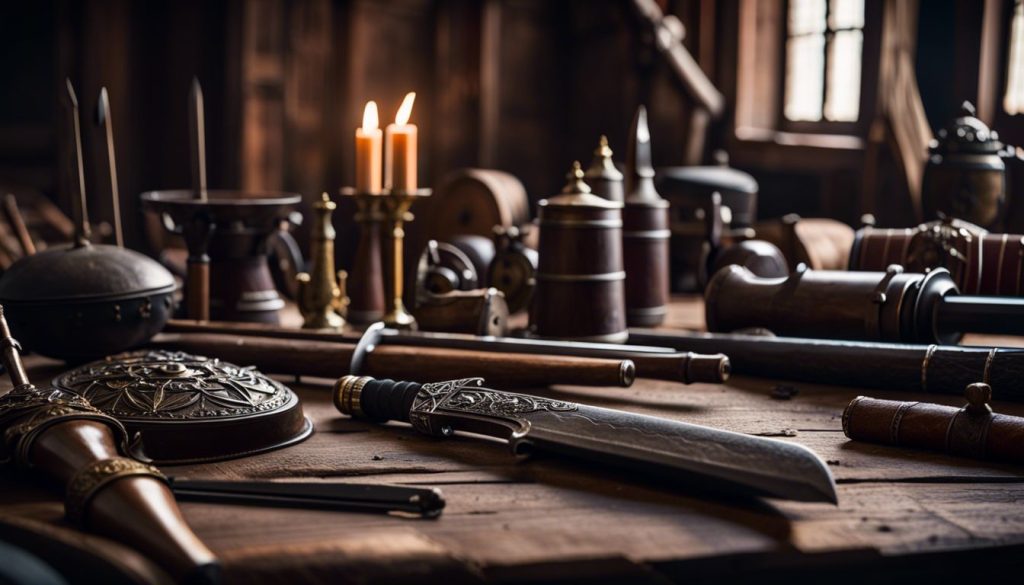England: the country with the perfect balance of breathtaking views and historic architecture! This country has been an inspiration to myriads of painters, writers, and filmmakers. If you are on the lookout for the best castles to visit in England, then you have landed on the right page.
These castles have not only served as the epicenter of historical battles but also as the center for administration and justice departments. Each castle has a story to tell, back in time as you walk through the stone cottages, thatched roofs, and cobbled streets
Table of Contents
10 Most Popular Castles to Visit in England
The order of the list is based on Google search volume of each castle = popularity.
1. Windsor Castle
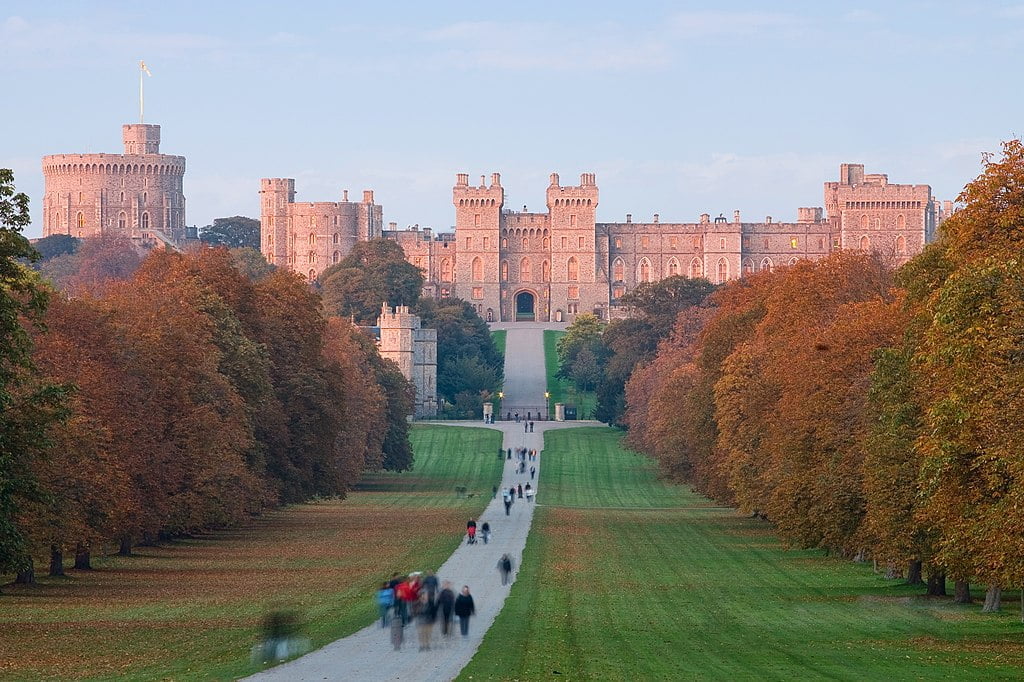
This castle spans an area of 13 acres and is just 20 miles away from Buckingham Palace. Windsor has been a royal home and favored hunting ground since the Saxon era, long before fortifications were erected around London by the Normans led by William the Conqueror. When George IV ascended the throne in 1820, he filled the castle with luxurious ornaments–many still housed at the castle today–and built a grand staircase entrance.
Be sure to check out the Doll House of Queen Mary, built between 1921 and 1924. Along with a wine cellar and a garden designed by Gertrude Jekyll, the estate has an impressive collection of books by some of the period’s greatest writers. Then comes St. George’s Chapel, which is known for its mesmerizing design, an excellent interpretation of Gothic architecture.
- Location: Windsor, Berkshire
- Time built: 11th Century
- Architectural style: Medieval to Neo-Gothic
- Touring: Allowed. Visit the official website for more information.
2. Tower of London
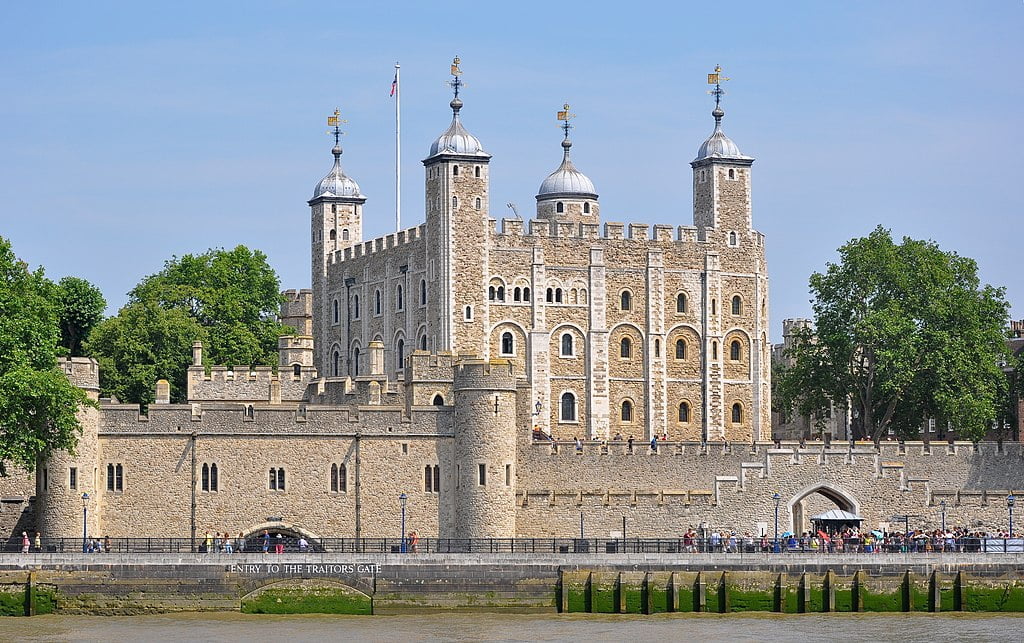
This is a 900-year-old castle that also happens to be a UNESCO World Heritage site. The first foundation of the current castle was set in 1066. The White Tower is the oldest structure of this era. When William the Conqueror arrived in London, he raised the White Tower to protect his position in the city against intense resistance from the defeated Saxons. Despite its imposing strength, the keep was seen as a symbol of tyranny by the surrounding population.
The Tower of London has served as an imperial residence, a jail, a fortress, and an arsenal. It also hosted a menagerie and is now the home of the Crown Jewels of England. The White Tower, the Jewel House, the Royal Mint, the ‘Bloody Tower,’ and Tower Green, where many of the Tower’s executions took place, are all must-see attractions today.
- Location: London
- Time built: 12th century
- Architectural style: Norman & Tudor
- Touring: Allowed. Visit the official website for more information.
3. Highclere Castle
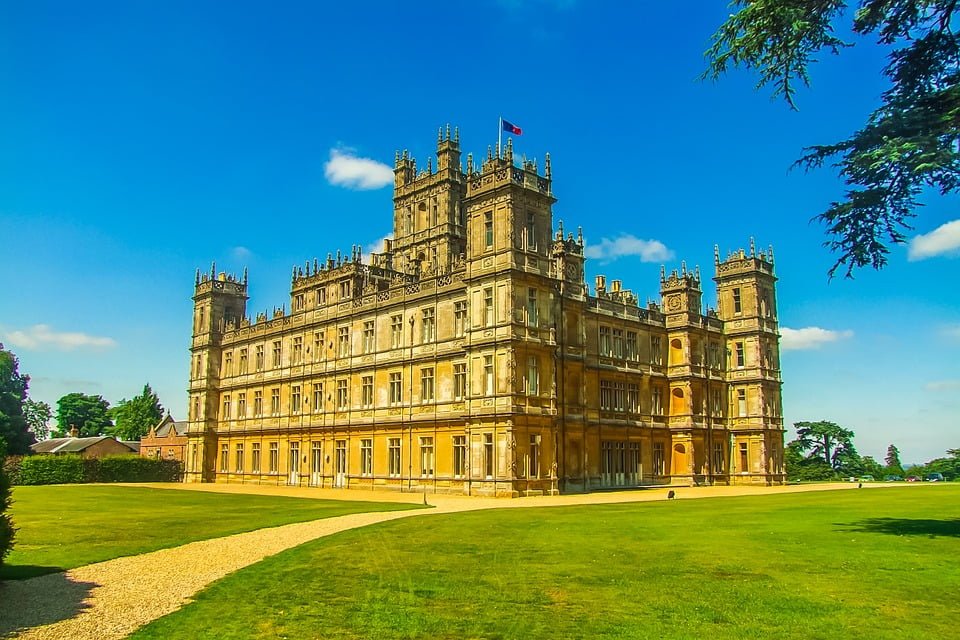
This is a stately home in Hampshire owned by the Earls of Carnarvon, widely recognized for the TV series Downton Abbey. This castle has also served as the filming location for some other famous classics like Eyes Wide Shut, The Four Feathers, Wooster, and more.
Highclere is known for its Jacobethan-style grandeur: 300 rooms with a definitive history of hosting the elite members of the British community. When the family purchased the property in 1679, it was more like a manor than a palace at first. Work on Highclere started in 1842, over a decade after the ministry restored the Houses of Parliament. Although the designer Sir Charles Barry found negotiating the government construction concepts and red tape to be onerous, he regarded Highclere as one of his finest works.
- Location: Highclere Park, Highclere
- Time built: 17th century
- Architectural style: Jacobethan
- Touring: Allowed. Visit the official website for more information.
4. Alnwick Castle
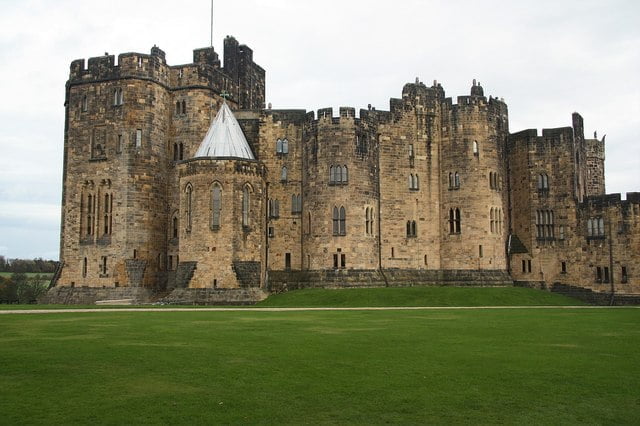
Since Henry Percy, 1st Baron Percy, bought the Barony of Alnwick in 1309, Alnwick Castle has served as the residence of the Duke of Northumberland. The Percy family currently owns the castle but lives in only a part of the castle, repurposing the rest into a tourist attraction and filming site–in The Black Adder, Ivanhoe, Elizabeth, and Downton Abbey. It was also used in the early Harry Potter films, The Philosopher’s Stone and The Chamber of Secrets (flying lessons…).
Parts of the castle were utilized by the Church High School for Girls of Newcastle during World War II, later used by Alnwick Education College, a teacher training college. More recently, St. Cloud State University in Minnesota has collaborated with Alnwick Castle on a study-abroad program.
On the grounds, a poison garden and a treehouse restaurant are eye-catching reasons to visit.
- Location: Alnwick, United Kingdom
- Time built: 11th century
- Architectural style: Gothic
- Touring: Allowed. Visit the official website for more information.
5. Warwick Castle
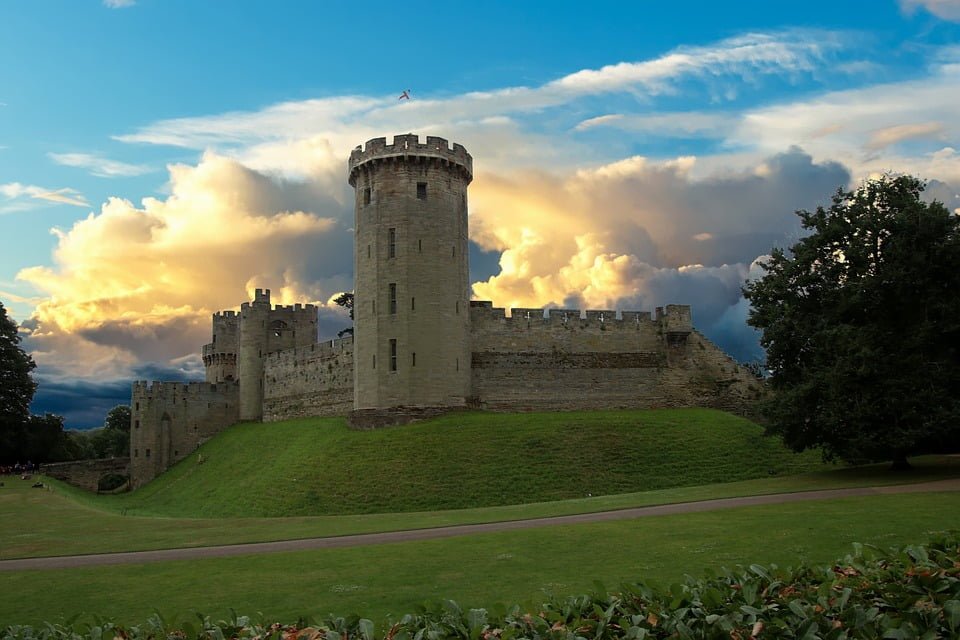
Built in 1068, Warwick Castle served as a stronghold until the early 17th century, when Sir Fulke Greville turned it into a country home. Warwick, Tamworth, and Coventry were the only towns in Warwickshire at the time of Domesday in 1086. Around 1800 people lived in Warwick.
The castle has been owned by the Earl of Warwick since 1088, and it has functioned as a symbol of his authority ever since. It was seized by Henry of Anjou in 1153, who subsequently became King Henry II of France. In the 14th century, it housed captives from the Battle of Poitiers, among others. This castle was also used to imprison the English King Edward IV in the 15th century. The Greville family, who became Earls of Warwick in 1759, held it until 1978.
- Location: Warwickshire, England
- Time built: 11th century
- Architectural style: Norman
- Touring: Allowed. Visit the official website for more information.
Revisit More Historic Places Below or Read Further
6. Leeds Castle
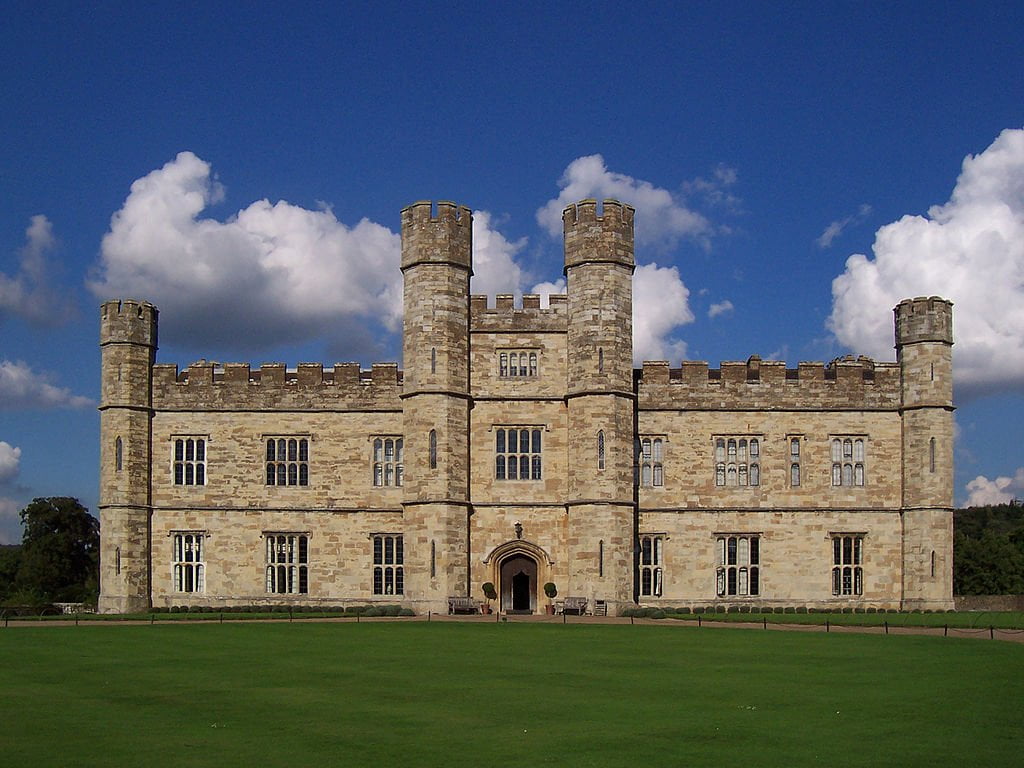
Leeds Castle’s 900-year history has seen many of England’s most significant events, making it a great destination for history aficionados! Located in the town of Maidstone, the castle stands tall and beautiful on an island in the middle of a lake formed by the River Len. The castle acted as a former royal house for the English crown and is a great spot to learn more about the country’s past. The castle grounds and several of the castle’s ancient chambers will transport you back in time and make you understand why it used to be the favorite residence of Edward I himself.
Leeds Castle also has more than 500 acres of gardens which provide a respite from the concrete structures of the metropolis. It is only open in two seasons: October to March and April to September.
- Location: Kent, England
- Time built: 12th century
- Architectural style: Norman & Neo-Gothic
- Touring: Allowed. Visit the official website for more information.
7. Bamburgh Castle
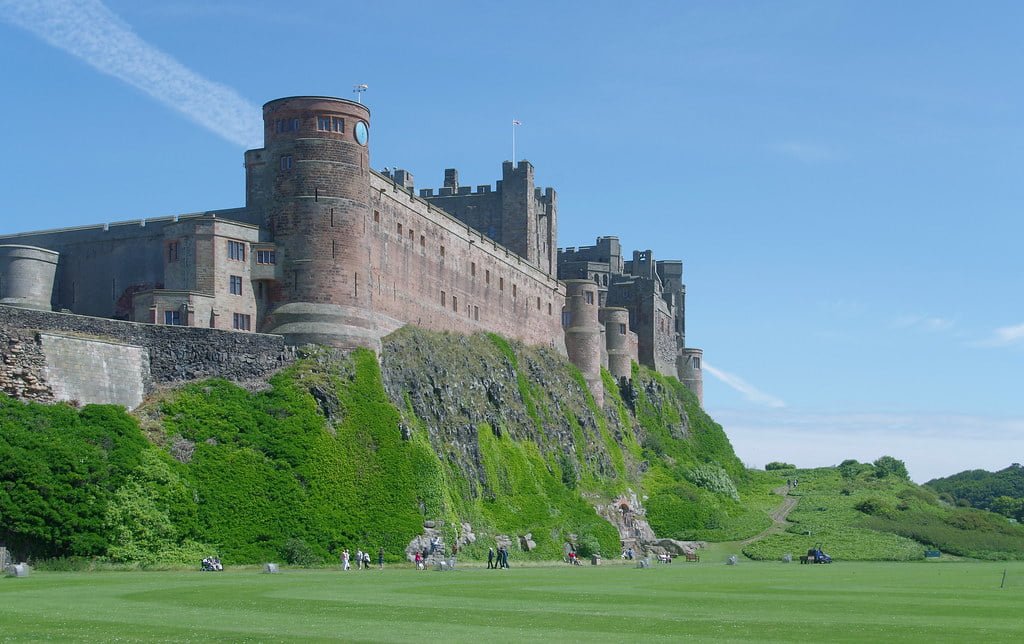
The original fort at this location was taken over by the Anglo-Saxons in 590, after passing through the hands of the Britons three times. Vikings demolished the fort in 993, but Normans rebuilt it in the same location–resulting in the castle that stands today. In 1095, a rebellion led by the castle’s owner resulted in the estate being reclaimed by the English Crown and passed to King Henry II.
This castle was later bought by a Victorian Industrialist, William Armstrong, and still remains under the ownership of the Armstrong family. To safeguard the castle and the surrounding region against German invasion during World War II, pillboxes were also constructed in the sand dunes. An archaeological excavation carried out in the 1960s led to the uncovering of a gold plaque and the Bamburgh Sword.
- Location: Bamburgh, England
- Time built: 11th century
- Architectural style: Norman
- Touring: Allowed. Visit the official website for more information
8. Arundel Castle
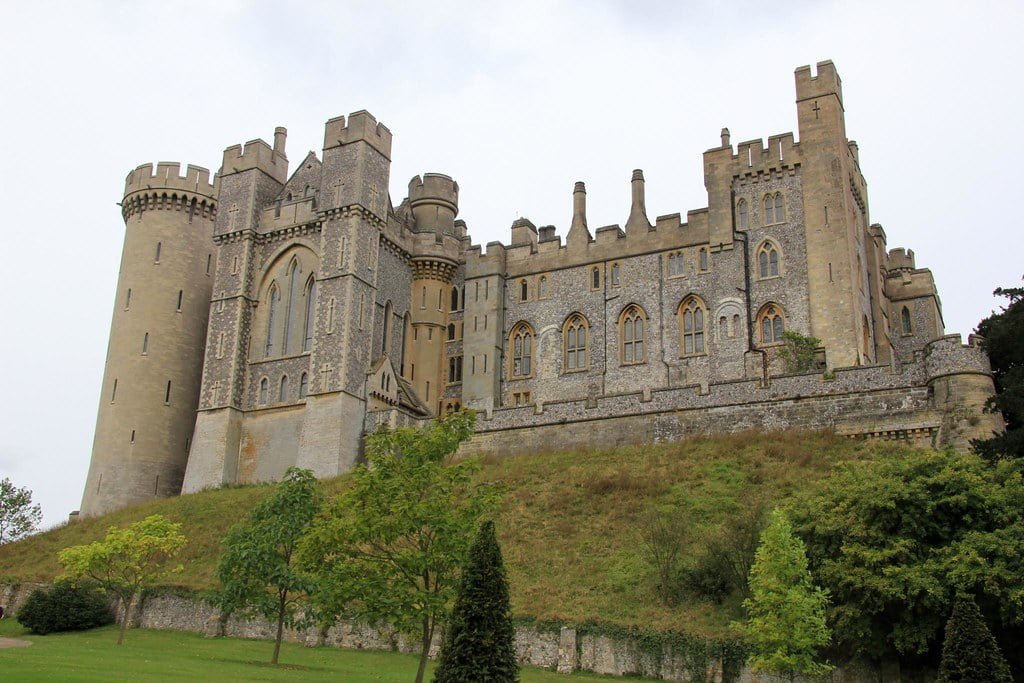
Still home to the Dukes of Norfolk, Arundel Castle was first established by Roger de Montgomery back in the 11th century. He has bestowed the title of the first Earl of Arundale on the behest of William the Conquerer. In fact, there are quite a few old features that are still a part of the estate, including the original 100-mound motte that rises 100 feet above the actual moat.
William Waller’s Parliamentary troops, headed by Cromwell, twice besieged the Castle in 1642-45, causing extensive damage to the structure. It wasn’t until 1787 that the 8th Duke of Norfolk started making some repairs to the damage. The effort was continued by several dukes afterward. The 13th duke was renovated in order to host Queen Victoria and Prince Albert in 1846 for three days. The renovation work completed by Henry, the 15th Duke of Norfolk in 1900 resulted in the edifice we see today.
- Location: Arundel, United Kingdom
- Time built: 11th century
- Architectural style: Norman & Neo-Gothic
- Touring: Allowed. Visit the official website for more information.
9. Bodiam Castle
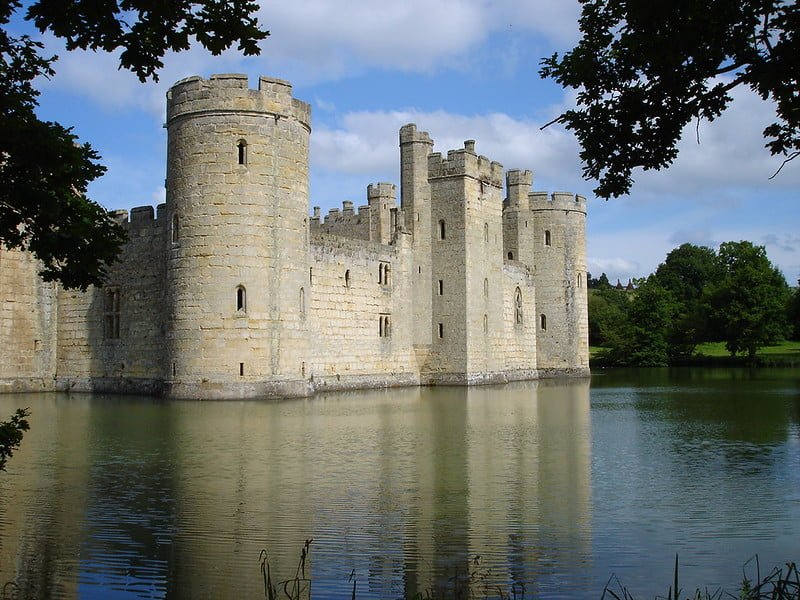
This is a castle originating from the 14th century located in East Sussex. It was built by a former knight to defend the area against the reign of French troops. However, that wasn’t the only reason that he wanted to build the castle – his original motivation was to give his family a nice manor home with the money saved during his knighthood. That plan was thwarted by invasion, and the home he had in mind ended up being a fortress. This castle has no keep and is topped by various crenellations on the outside.
It was later bought by Sir Thomas Webster in 1722 and then quickly gained popularity due to its connection with the Medieval period. The castle is surrounded by water and is one of the most picturesque locations across England.
- Location: East Sussex, England
- Time built: 14th century
- Architectural style: Medieval
- Touring: Allowed. Visit the official website for more information.
10. Dover Castle
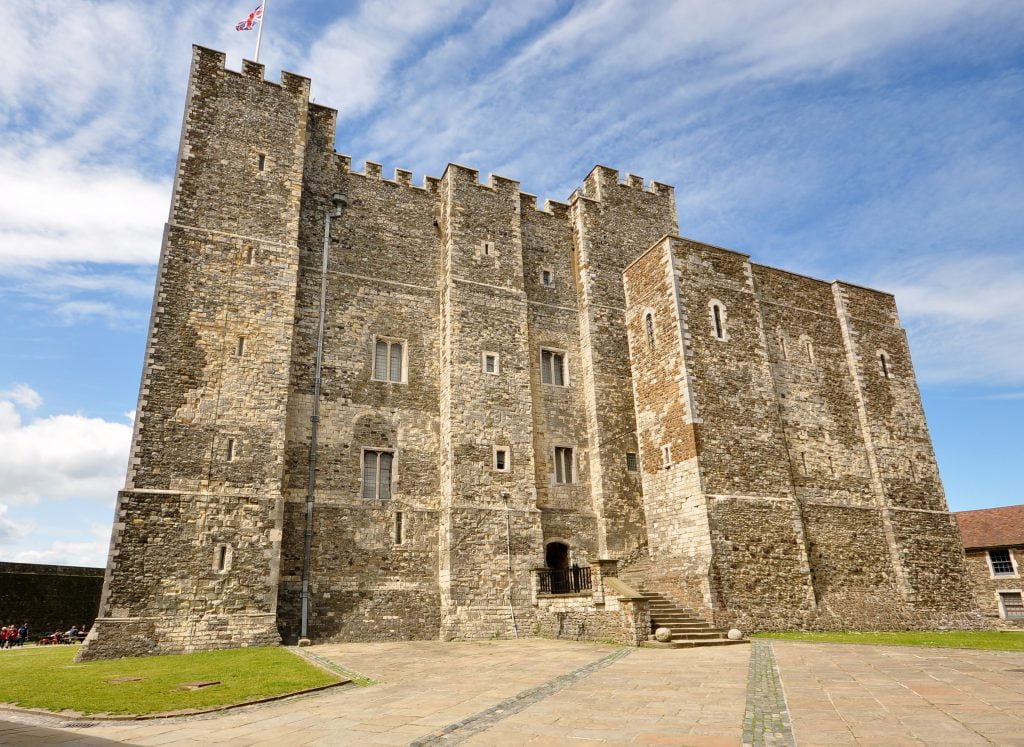
This castle has been in a position of strategic importance throughout history due to its location along the sea crossing between England and continental Europe. It is one of the best-fortified castles in England, with an outer wall that spans a whopping 30 acres. The castle’s construction was started in the 1180s by King Henry, which saw various alterations in its structure due to the changing demands centered around warfare. The estate has various underground tunnels which facilitated the movement of troops.
Today, Dover Castle is a highly visited tourist destination – not just because of its historical significance, but also because of its amazing surroundings. In fact, the white cliffs of Dover are one of the most wondrous attractions nearby and many visitors come to appreciate the beauty from far and wide.
- Location: Kent, England
- Time built: 12th century
- Architectural style: Medieval
- Touring: Allowed. Visit the official website for more information.
Planning to Visit Nearby Countries? Check Out These Best Castles Lists:
10 Less Popular Castles Worth Visiting While In England
If you are a castle enthusiast, you must take out the time to visit these equally spectacular castles in England as well:
11. Tintagel Castle
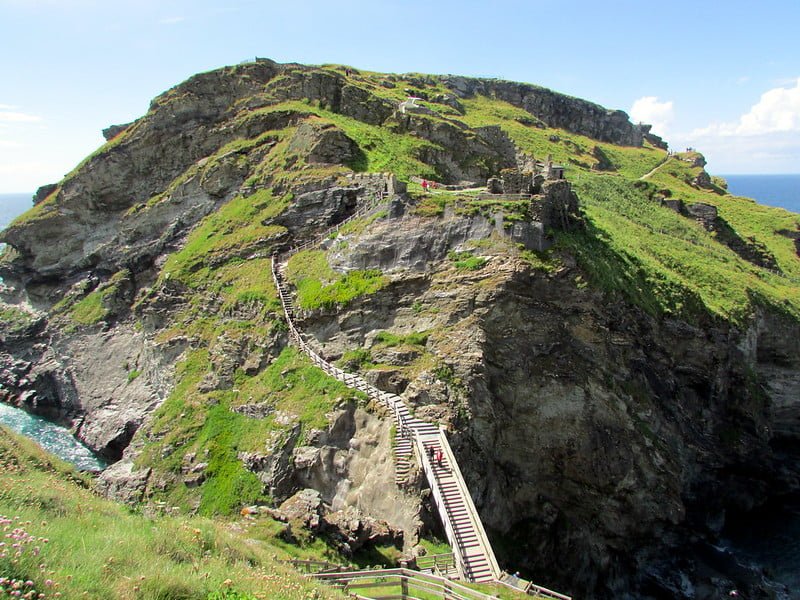
The location of this particular English castle is quite precarious and unique, as half of it resides on the mainland while the other half sits atop a jagged outcropping that overlooks the Cornish sea. It has had historical significance for centuries, archeological evidence like Roman pottery has only reinforced this fact. Perhaps that is why this location has such fantastical associations as well. Many consider it the birthplace of King Arthur as well as the backdrop of the love story of Tristan and Iseult.
- Location: Tintagel Island
- Time built: 13th century
- Architectural style: Medieval
- Touring: Allowed. Visit the official website for more information.
12. Belvoir Castle
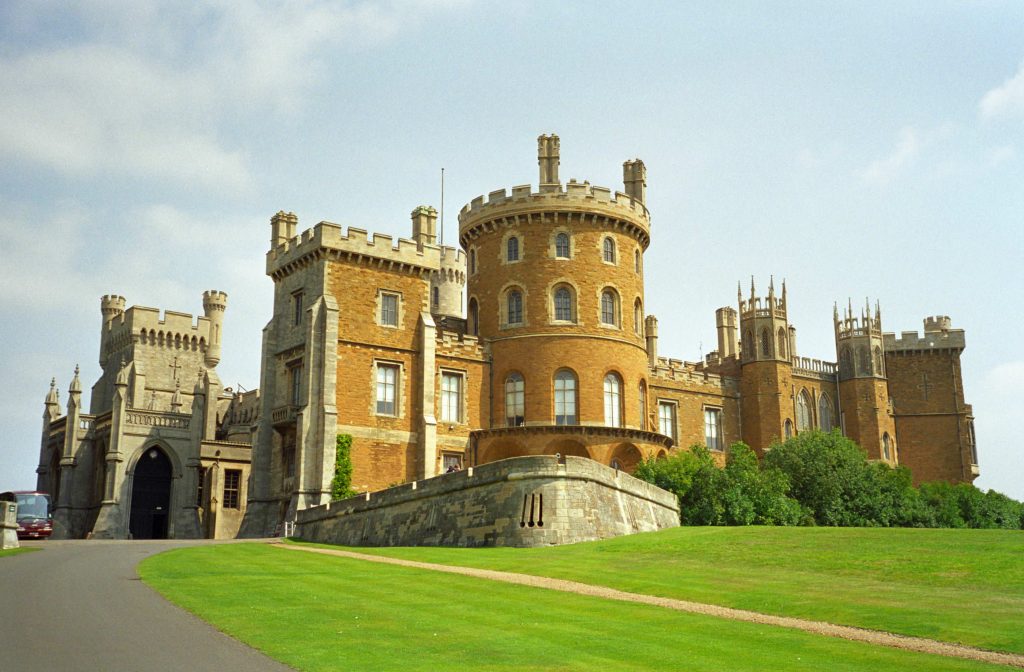
The original Belvoir Castle was erected in the 11th century after the Norman conquests, but the version that we see today came after at least three extensive reconstructions. After succumbing to extreme disrepair, the Norman iteration of this castle was given to George Manners, the 11th Baron of Ros. He was the one who carried out the second reconstruction.
His direct descendent, the 11th Duke of Rutland, is the current owner. These days, Belvoir enjoys its stately perch in the center of a 15,000-acre estate, surrounded by gorgeous landscaped gardens.
- Location: Leicestershire
- Time built: 11th century
- Architectural style: Gothic Revival
- Touring: Allowed. Visit the official website for more information.
13. Kenilworth Castle
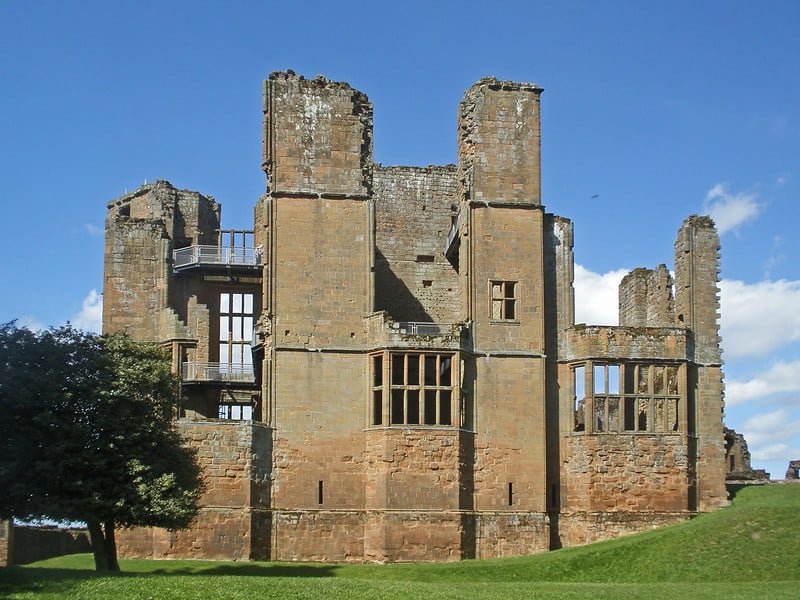
Kenilworth Castle is one of the most magnificent buildings in all of England. Originally built in the 12th century by the treasurer of Henry I, it later became a royal residence fortified by Henry II. The impossible might of this fortress withstood the longest siege in English history: six months. Kenilworth Castle was bought to its stylistic potential when it became the property of Robert Dudley–the supposed one true love of Queen Elizebeth I. Dudly made extensive changes and converted this previously medieval fortress into a lavish palace fit for a queen.
- Location: Kenilworth
- Time built: 12th century
- Architectural style: Medieval
- Touring: Allowed. Visit the official website for more information.
14. Rochester Castle
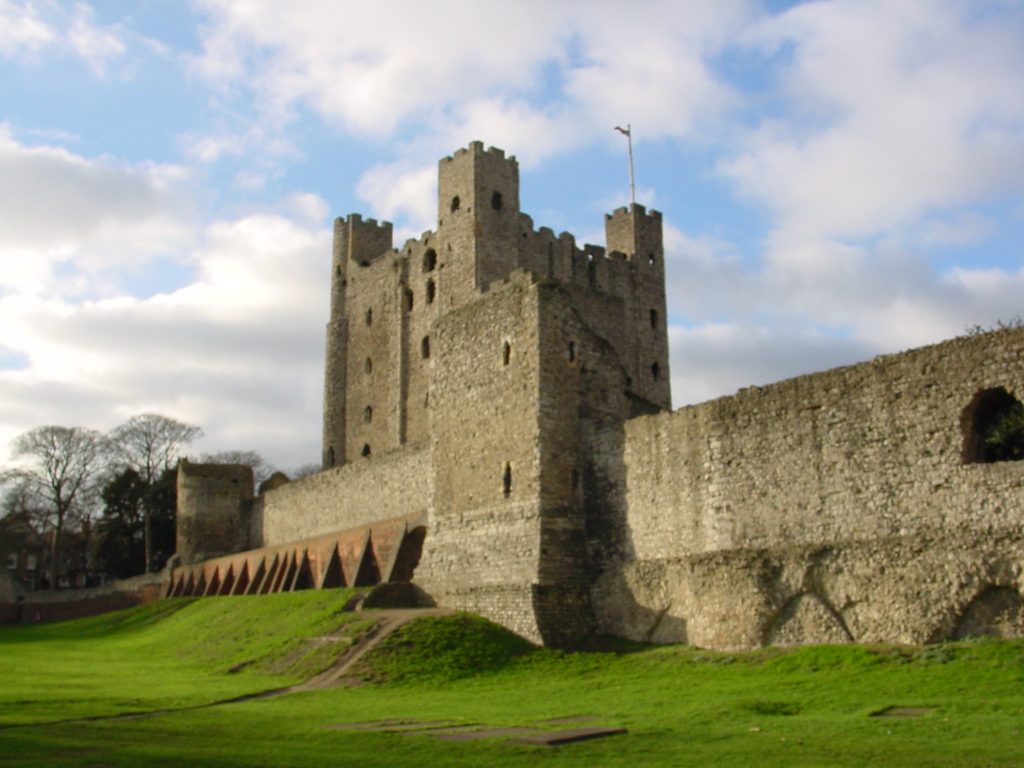
Widely popular as one of the best-preserved examples of Norman architecture, this castle dates back a thousand years. It used to be the first line of defense against any attacks against England. The original castle dated back to the 11th century while the stone version that we see today was constructed afterward. The total construction cost came to £60 (today’s £120,000). After seeing multiple sieges and wars, Rochester Castle is now in a ruinous state but makes for a great tourist attraction.
- Location: Rochester
- Time built: 11th century
- Architectural style: Norman
- Touring: Allowed. Visit the official website for more information.
15. Lancaster Castle
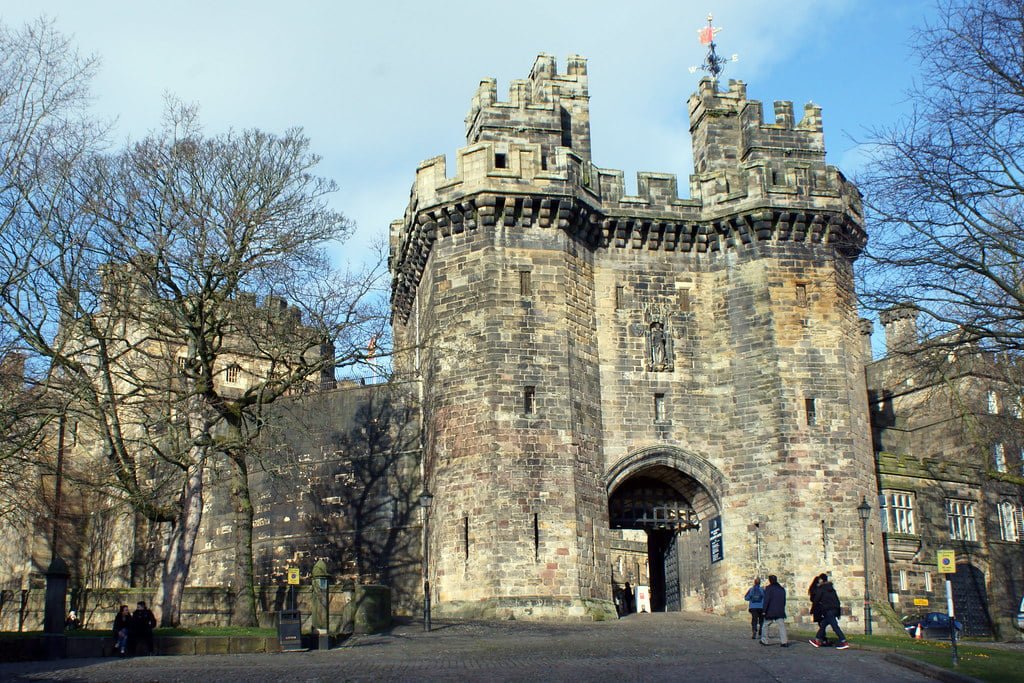
Lancaster Castle is a fine example of Gothic Revival architecture. Its strategic location dates back to a thousand years ago when a Roman fortress stood on the same site. But the most interesting thing is that the actual construction year of the current Lancaster Castle is quite ambiguous, there’s quite a gap between the Roman occupation and the Norman invasion. Most historians guess that it was constructed sometime in the 11th century. These days, Lancaster is being used as an educational facility and tourist attraction after an extensive renovation completed in 2017.
- Location: Lancaster
- Time built: 11th century
- Architectural style: Gothic Revival
- Touring: Allowed. Visit the official website for more information.
Revisit More Historic Places Below or Read Further
16. Durham Castle
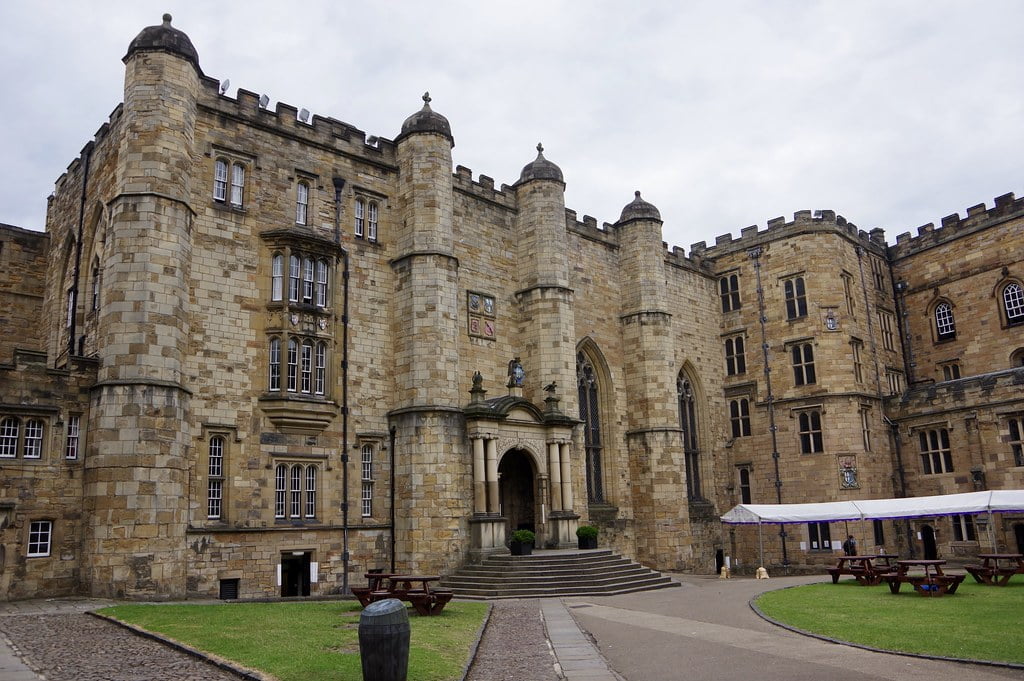
Durham Castle is William the Conqueror’s historic legacy, built on his behest after winning the Battle of Hastings. It took 40 years for the castle to be fully constructed. Eventually, the castle was given to Durham University in the 19th century. Today, it is a student dorm during the school year, a hotel in the summer. Nonetheless, Durham Castle is still a popular tourist destination. Don’t miss the Norman chapel, with centuries-old carvings of animals and mermaids on the walls, or the Black Staircase that soars 60 feet tall.
- Location: Durham
- Time built: 11th century
- Architectural style: Norman
- Touring: Allowed. Visit the official website for more information.
17. Framlingham Castle
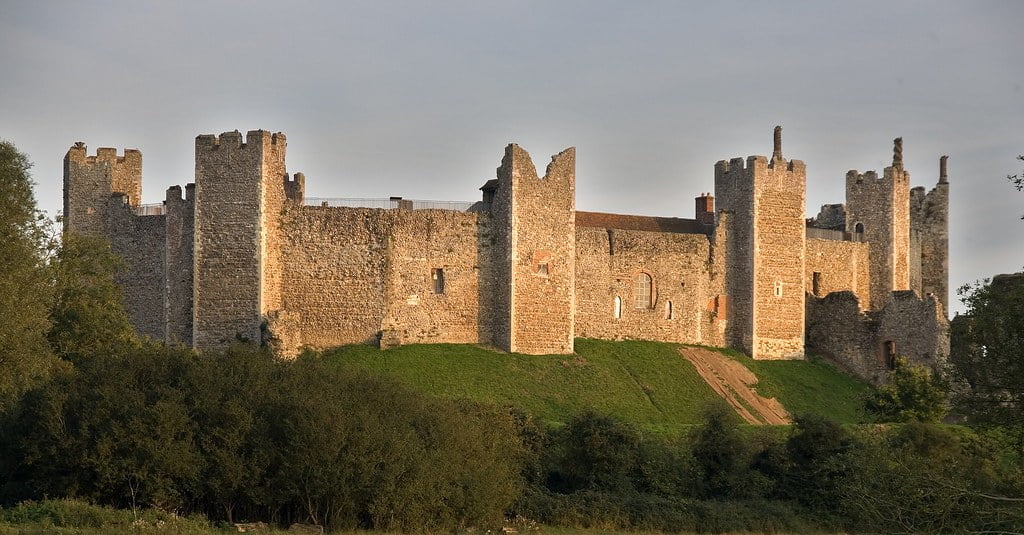
Like many English castles, Framlingham used to be occupied by a Norman fort that was destroyed in an invasion. The version that we see today was built by the Earl of Norfolk in the 12th century. The curtain wall that surrounds this castle is absolutely sturdy and consists of 13 towers that stand proud and tall even today. A notable addition to the architecture is the Tudor ornamental chimneys and facade brickwork. From Plague containment to Napoleonic-era arsenal, Framlingham has quite the history to share.
- Location: Suffolk
- Time built: 12th century
- Architectural style: Medieval
- Touring: Allowed. Visit the official website for more information.
18. Lindisfarne Castle
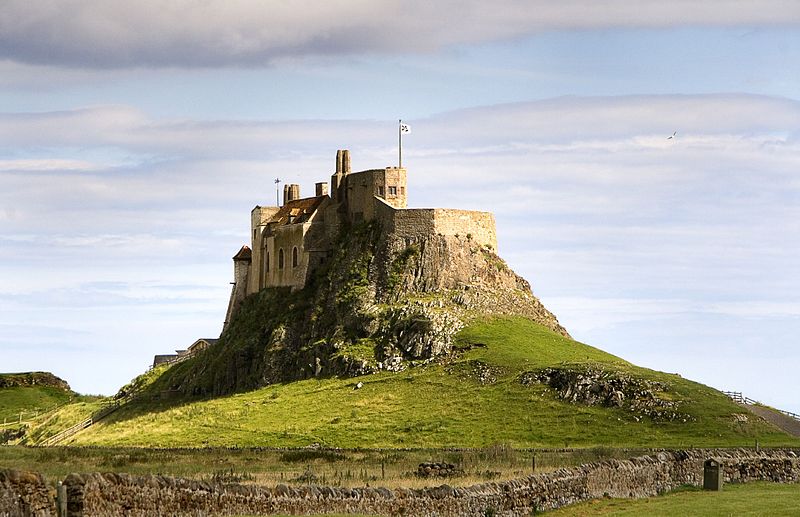
Standing majestically upon the “Holy Island,” Lindisfarne Castle is located on a whinstone hill that previously used to be occupied by a priory. The location was chosen to take advantage of the stunning views, while the castle was commissioned by Queen Elizabeth I. Military-wise, this castle had a very quiet history. It became a businessman’s stunning vacation home in the 20th century before becoming a popular tourist site.
- Location: Northumberland
- Time built: 16th century
- Architectural style: Tudor and Arts & Crafts
- Touring: Allowed. Visit the official website for more information.
19. Raby Castle
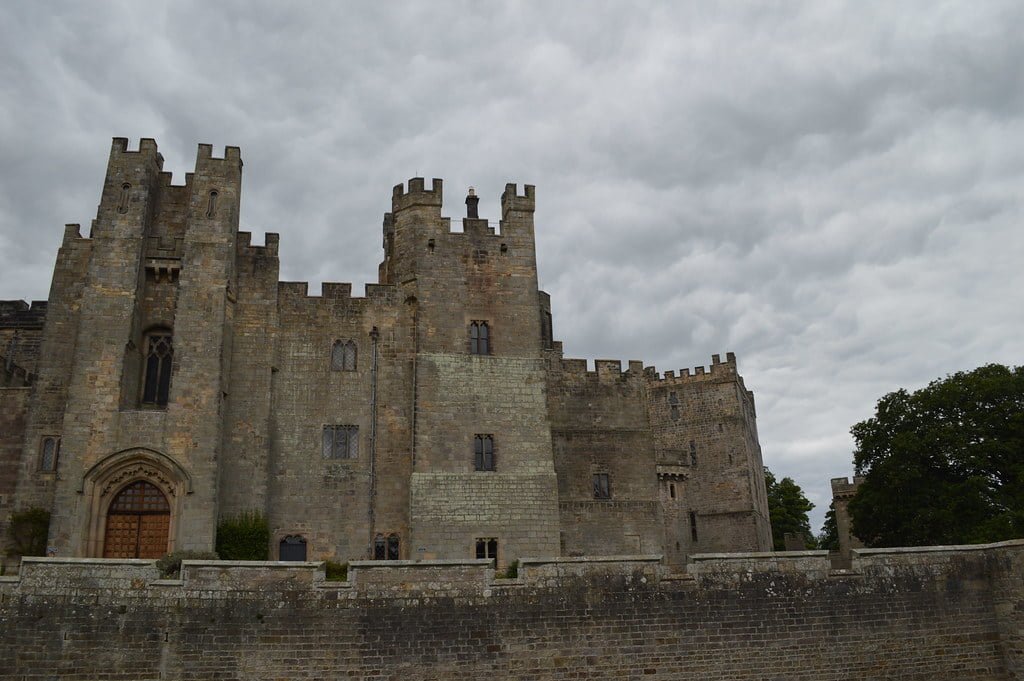
Raby Castle was originally a Viking residence in the 11th century, but the present castle was constructed in the 14th century by the Nevills. It became royal property in the 16th century and remained so for 43 years until it was bought privately by Sir Henry Vane, who was quite impressed with the sheer magnitude of the castle’s size. Much of the medieval structure was modernized during the Vane ownership. The late 19th century saw Raby becoming the muse of several romantic artists before it became a beautiful tourist destination, inside and out.
- Location: Durham
- Time built: 14th century
- Architectural style: Medieval
- Touring: Allowed. Visit the official website for more information.
20. Lincoln Castle
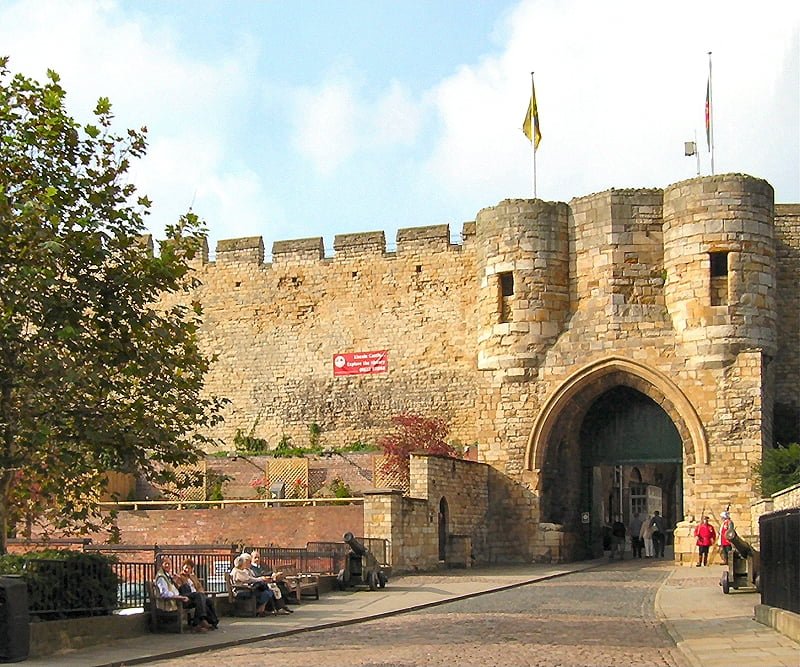
Lincoln Castle is situated at what used to be the epicenter of a Roman settlement and an important crossroad. This castle was built on the Roman fort’s foundations by William the Conquerer to strengthen his position after winning the Battle of Hastings. Lincoln Castle also holds the privilege of being the only castle in England with two moats instead of the typical one. It was transformed into a prison in the 18th century and remained so until the 19th century. However, today it is a tourist attraction and museum.
- Location: Lincoln
- Time built: 11th century
- Architectural style: Medieval
- Touring: Allowed. Visit the official website for more information.
Planning to Explore Europe? Check Out These Best Castles Lists:
Conclusion
England is a treasure trove of stunning castles and if you’re planning a visit, then we hope that you take some time to visit at least a few of these top 20 beautiful castles in England!

